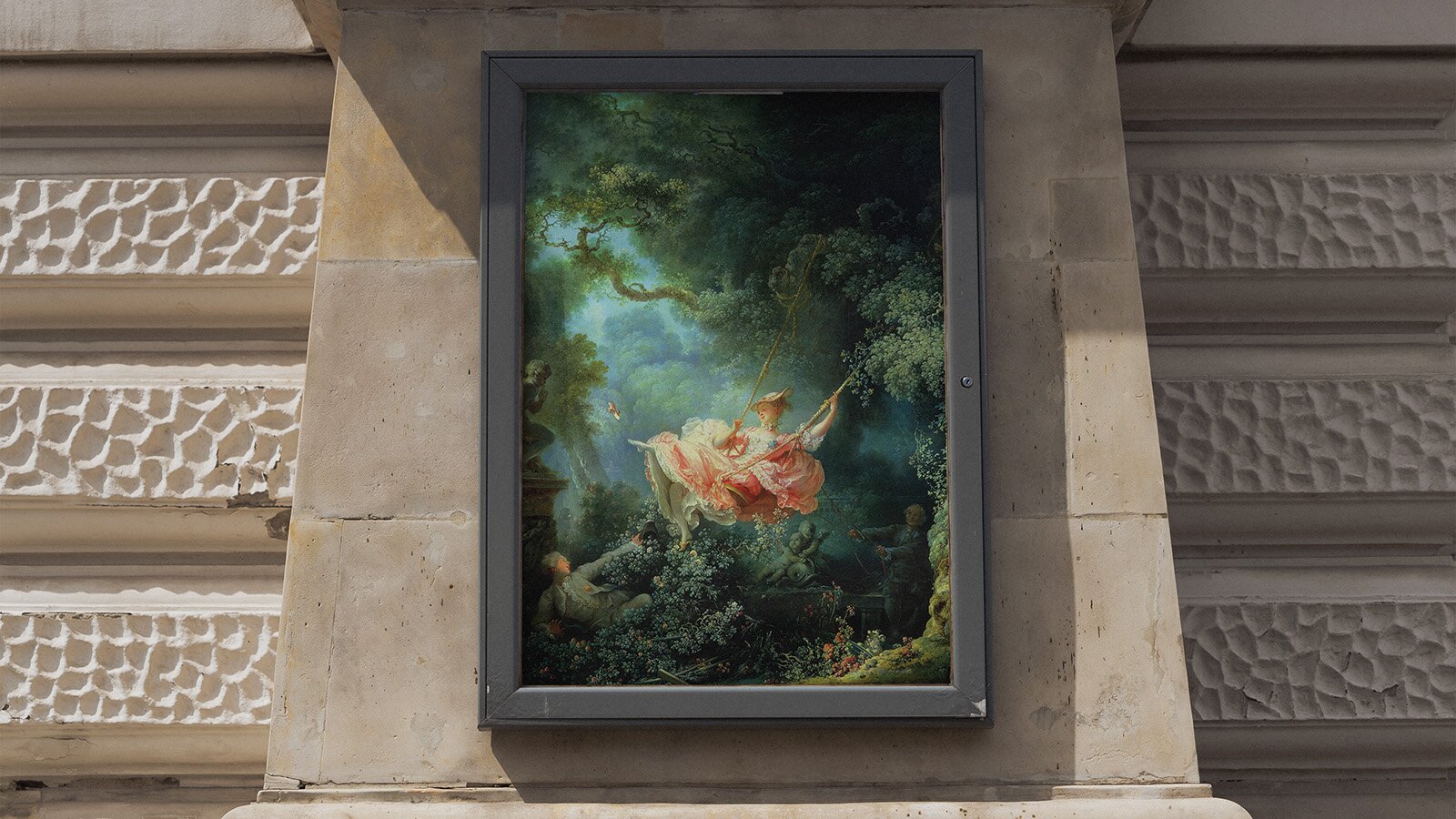Take Jean-Honoré Fragonard's "The Swing" from 1767. A lady of French society swings merrily through the air while — what a coincidence! — a young nobleman lies in the bushes.
His gaze wanders exactly to where her pastel-colored dress billows up in the swing's motion. He extends his hat as if trying to capture a particularly delectable moment.

Art historians call it a "Gallant Scene." Yet it is nothing more than the aristocratic version of what, centuries later, pubescent boys would devise when experimenting with mirrors on their shoetips. The difference: Fragonard turned it into high art, while today, any attempt to look up skirts is rightfully considered harassment.
It's interesting how society's view of such scenes has changed. What was considered a piquant game in the Rococo period became scandalous in the Victorian era. The very same members of bourgeois society who would cover their eyes in horror if a woman accidentally showed her ankle while climbing stairs would privately delight in Rococo paintings with similarly frivolous scenes. Such copies could often be found hanging in their private rooms.
One can only shake one's head at the fact that such warnings are necessary at all.
And yet Fragonard's masterpiece still hangs in London's Wallace Collection. Millions of visitors annually admire his artistic skill, his use of color, his composition. Few admit to themselves that they secretly harbor the same voyeuristic curiosity as the young man in the bushes.
Perhaps therein lies a certain irony: What was once considered artful frivolity is now a criminal offense. What was once socially acceptable now ends up in court. Only in art can we still smilingly shake our heads at our ancestors' frivolous jokes. And secretly think: Were they perhaps more honest than we are?
The young lady on the swing, by the way, seems to know exactly what she's doing. Her mischievous smile speaks volumes. She is not a victim, but rather the director of this scene. While her companion dutifully pushes the swing in the background, she determines who gets to see what. An early form of female self-determination? Or merely the male wishful thinking of a Rococo painter?
